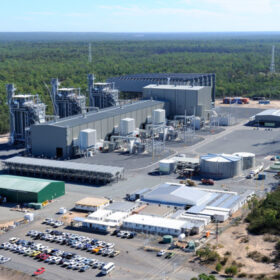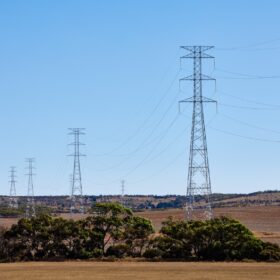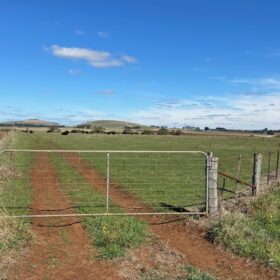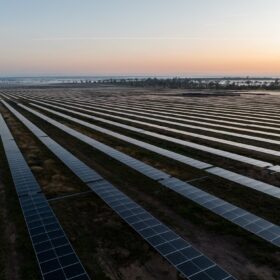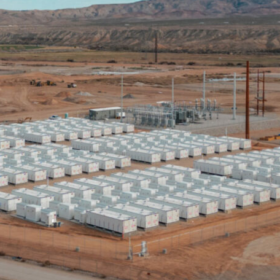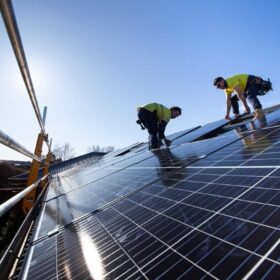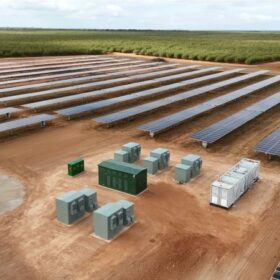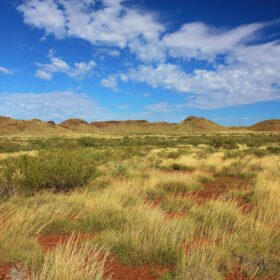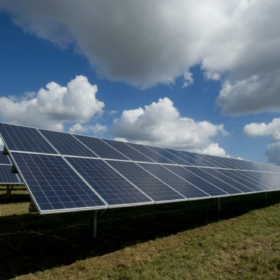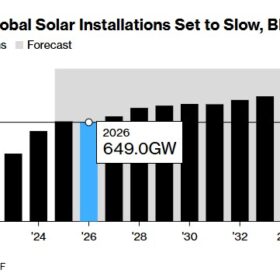Origin unveils plans for 2 GWh battery for Queensland
Australian energy giant Origin Energy has revealed plans to build what would be Queensland’s biggest battery energy storage system as it continues the expansion of its renewable energy generation and storage portfolio.
Neara boss says network access issues remain after budget spend
The focus of the federal government’s $22.7 billion commitment to Australia’s clean energy future has been queried with concerns raised about the capacity of the nation’s electricity network to support the shift from fossil fuel generation to renewables.
Paper identifies NEM-WEM interconnector to support shift to renewables
A high-voltage interconnector linking Australia’s eastern and western electricity grids would optimise the generation-storage mix for a minimum-cost solution as the nation transitions from a fossil-fuel-dependent economy to one based on renewable energy, according to a new paper.
Elgin gets green light for biggest solar and storage project to date
A 150 MW solar farm and a 250 MWh battery energy storage system proposed for Victoria’s Central Highlands by British renewables developer Elgin Energy has won planning approval from the state government.
Solar, wind completely replace diesel at South Pole station
A recent analysis shows that renewable energy could partially replace diesel fuel to power instruments and provide heat at the South Pole. A team of researchers has proposed a solar, wind and battery energy storage hybrid system that could reduce diesel consumption by 95% and save approximately $86 million over 15 years, after an initial investment of about $14.5 million.
Plibersek approves 800 MW solar farm and big battery in Queensland
The Australian government has ticked off on a more than 1 GW solar farm and battery energy storage facility being developed in Queensland’s Southern Downs region.
ACEN inks deal for 400 MWh battery install at New England solar site
Utility-scale energy storage solutions provider Energy Vault has struck a deal with ACEN Australia to build two new battery energy storage systems totalling 400 MWh alongside the 720 MW New England Solar Farm being developed in northern New South Wales.
New rules rolled out for Victoria’s solar industry
All new solar systems and home batteries installed under Victoria’s solar and battery rebate schemes will need to be fitted with an active internet connection to support emergency backup and flexible exports under new rules to come into play later this year.
Weekend read: From Mumbai to Bondi
Economic cooperation between India and Australia may open doors for investment in clean energy technology but challenges still abound in a competitive global market. Vibhuti Garg and Shantanu Srivastava, of the Institute for Energy Economics and Financial Analysis, discuss the role that public funding and resource pooling could play in supporting manufacturing ambitions.
AGL delivers solar-powered microgrid for farming operation
AGL Energy has completed the installation of a solar-powered microgrid featuring a 5.4 MWh battery energy storage system that is to support the transition of a New South Wales commercial orchard’s operations from diesel to renewables.
